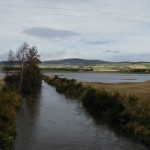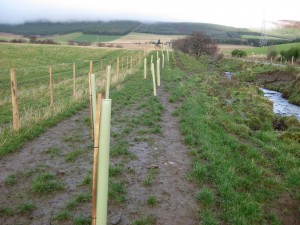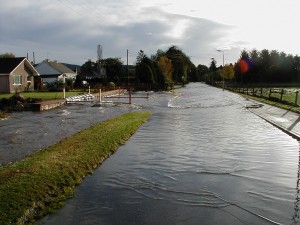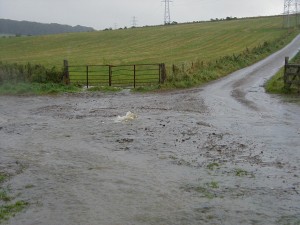Young scientists: School data pages
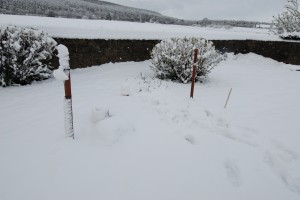
Kincardine O’Neil monitoring equipment buried under spring snow, 3rd April
Pupils from Tarland Primary, Aboyne Primary and Kincardine O’ Neil primary schools are proving to be very enthusiastic and capable young scientists. Pupils are recording weather data to support our research in the Tarland and whole Dee catchment.
All three schools are hosting a variety of monitoring equipment for air temperature, rainfall, wind speed and direction, solar radiation levels. Some of the equipment is automated and some of it manual. We are comparing data recorded manually by the children with that obtained from the automatic stations.
The monitoring equipment was installed in early December 2011 and thanks to the efforts of staff and pupils we have captured some very interesting data.
Temperature data
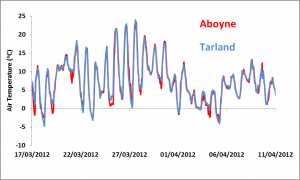
Spring air temperature data; Tarland catchment 2012
Deeside weather conditions made the national news in March and April 2012 as record high spring temperatures were recorded at the Met office weather station at Aboyne and only 3 days later significant snow fall brought power lines and tree limbs down. The official data verifies the work of our young helpers as their data and photographs illustrate the conditions very well.



